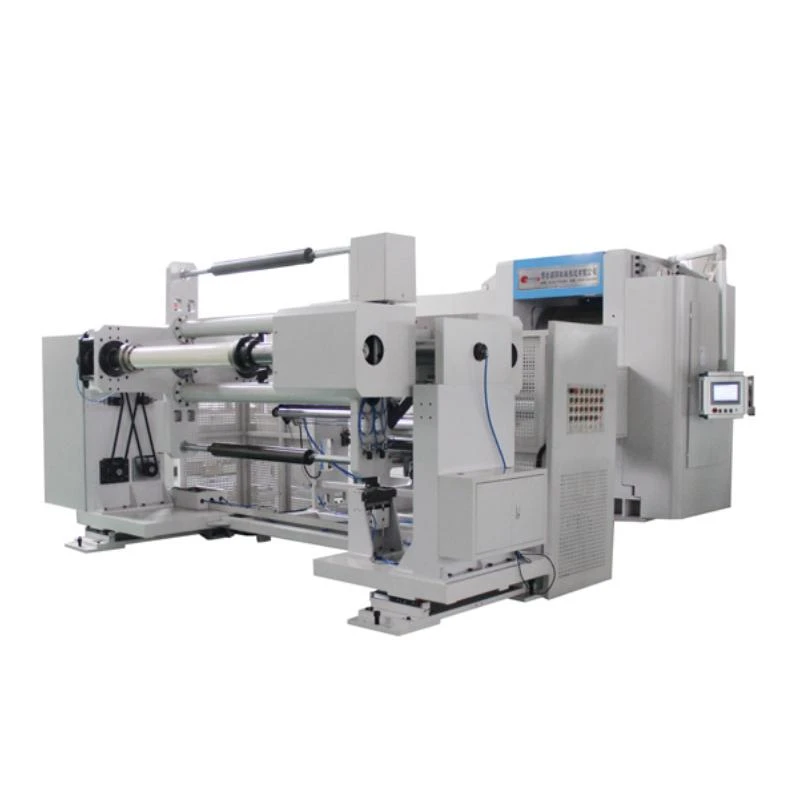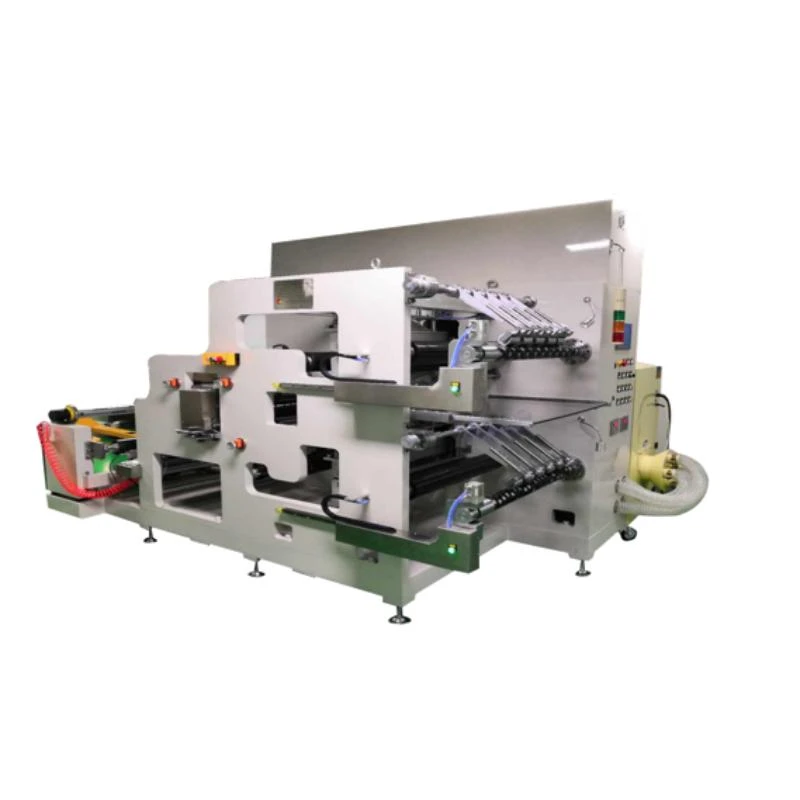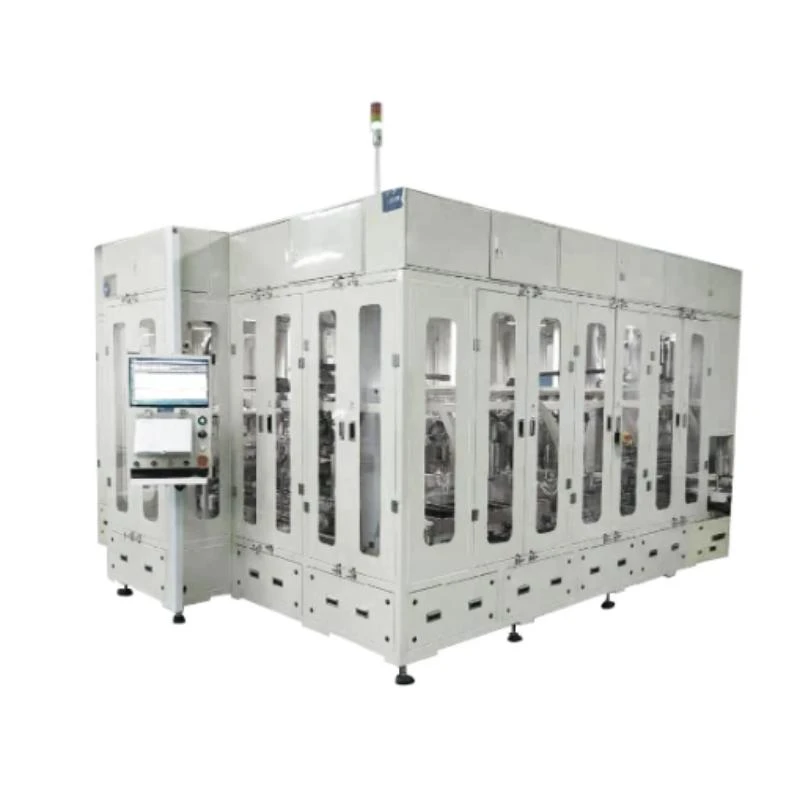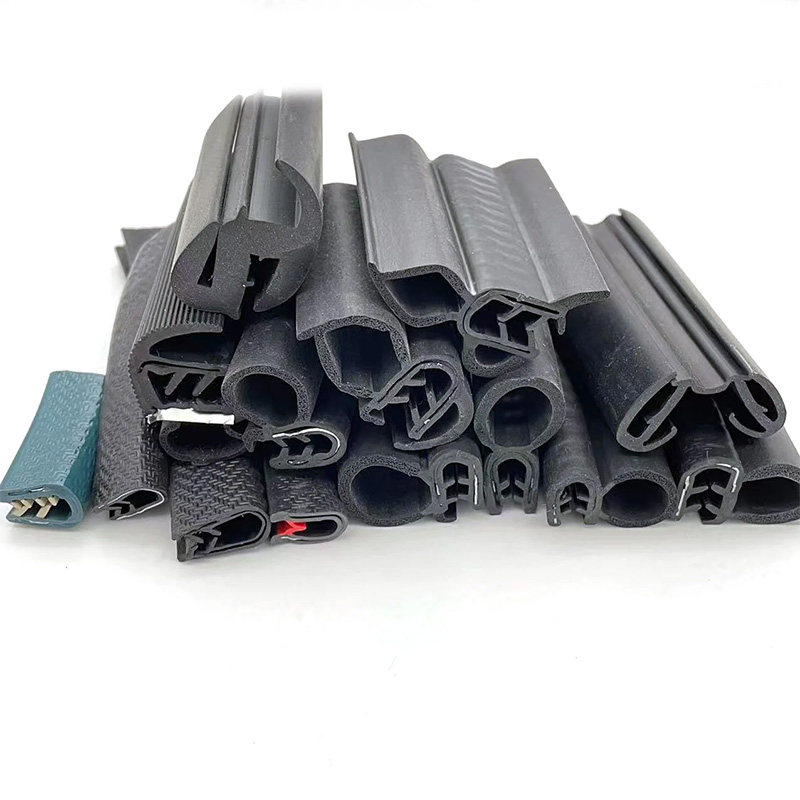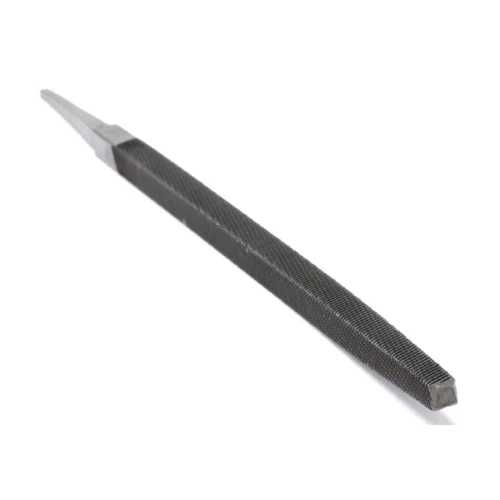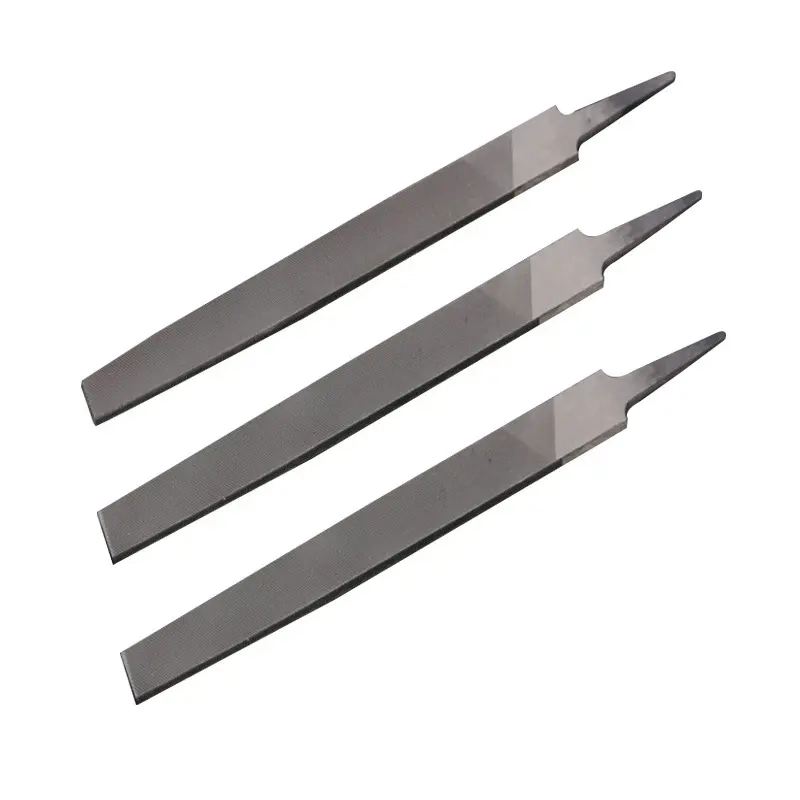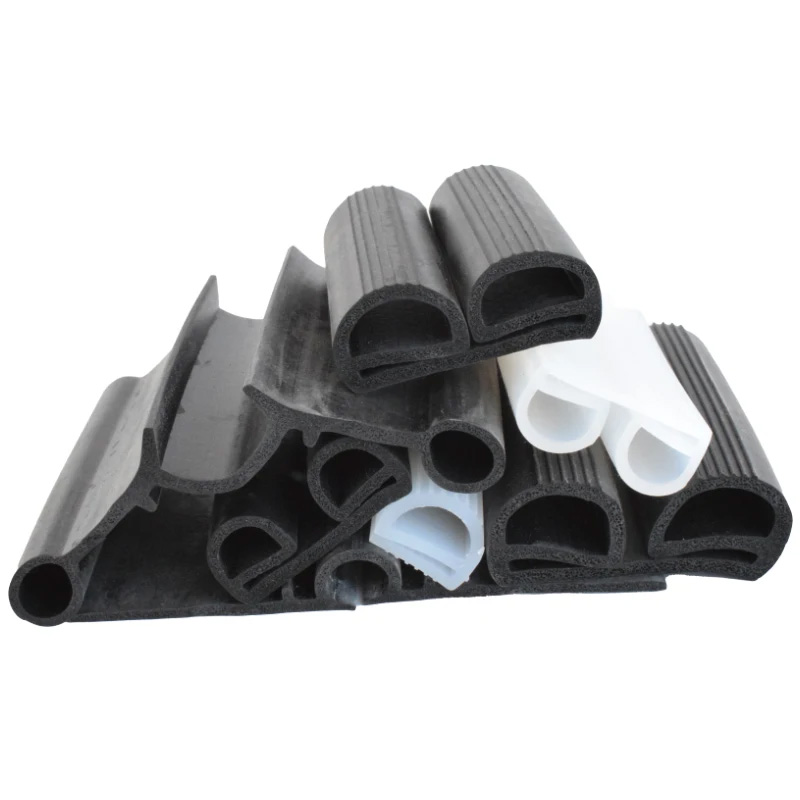Jute Fabric Wholesale Market: Bulk Rolls & Quality Types
The global textile industry is undergoing a significant transformation, driven by an increasing demand for sustainable and eco-friendly materials. At the forefront of this green revolution is jute, a natural fiber renowned for its versatility, strength, and biodegradability. Understanding the dynamics of the jute fabric wholesale market is crucial for businesses looking to integrate responsible sourcing and high-quality materials into their operations. This comprehensive guide delves into the intricate aspects of jute fabric, from its manufacturing process and technical specifications to its diverse applications and the key considerations for sourcing from the global market.
Industry Trends and Market Dynamics
The global jute fabric wholesale market is experiencing robust growth, primarily propelled by rising environmental consciousness and the concerted efforts of governments and organizations to promote sustainable practices. According to recent market analysis reports, the global jute and allied fibers market size was valued at approximately USD 2.5 billion in 2022 and is projected to reach over USD 4 billion by 2030, exhibiting a Compound Annual Growth Rate (CAGR) of around 6% during the forecast period. This growth is a testament to jute's expanding utility beyond traditional packaging, now encompassing geotextiles, home decor, fashion, and automotive industries.
Key drivers influencing this upward trend include:
- Sustainability Mandates: Strict regulations against single-use plastics and the push for biodegradable alternatives have significantly boosted jute demand.
- Growing Consumer Preference: Consumers are increasingly opting for natural, eco-friendly products, influencing brand sourcing strategies.
- Technological Advancements: Innovations in jute processing and blending with other fibers (like cotton) are creating new applications and enhancing material properties.
- Cost-Effectiveness: Jute remains one of the most affordable natural fibers, offering a competitive edge for bulk sourcing.
Understanding Different Types of Jute Fabric
The versatility of jute allows for the creation of various fabric types, each with distinct characteristics suitable for specific applications. When you look to buy jute fabric, understanding these distinctions is paramount.
- Hessian Jute Fabric (Burlap): This is perhaps the most widely recognized type, characterized by its coarse, loosely woven texture. Hessian fabric is extremely durable, breathable, and biodegradable, making it ideal for packaging, agricultural uses (e.g., tree wraps, erosion control), and crafting. Its natural, rustic appearance also lends itself well to decorative applications.
- Sacking Jute Fabric: Heavier and more robust than hessian, sacking fabric is used for heavy-duty packaging, such as sacks for grains, coffee beans, and cement. It offers superior strength and tear resistance.
- Fine Jute Fabric: Through advanced processing techniques, jute fibers can be spun into finer yarns, resulting in a smoother, softer fabric. This `fine jute fabric` is increasingly used in fashion accessories, upholstery, and home textiles, where a more refined aesthetic is desired. It can sometimes mimic the feel of linen or even silk, depending on the weave and finishing.
- Cotton Jute Fabric Blends: Blending jute with cotton (known as `cotton jute fabric`) enhances its softness, drapability, and dye-ability while retaining much of jute's strength and eco-friendliness. These blends are popular for clothing, bags, and home furnishings, offering a comfortable feel with a natural look.
- Black Jute Fabric: While jute naturally comes in shades of brown, it can be dyed to achieve various colors, including `black jute fabric`. This offers greater design flexibility for applications ranging from fashion accessories to interior design elements, allowing for modern and sophisticated aesthetics while maintaining sustainability.
- Jute Geotextiles: Specifically engineered for civil engineering and agricultural applications, these fabrics are designed for soil stabilization, erosion control, and weed suppression. They are completely biodegradable, enriching the soil as they decompose.
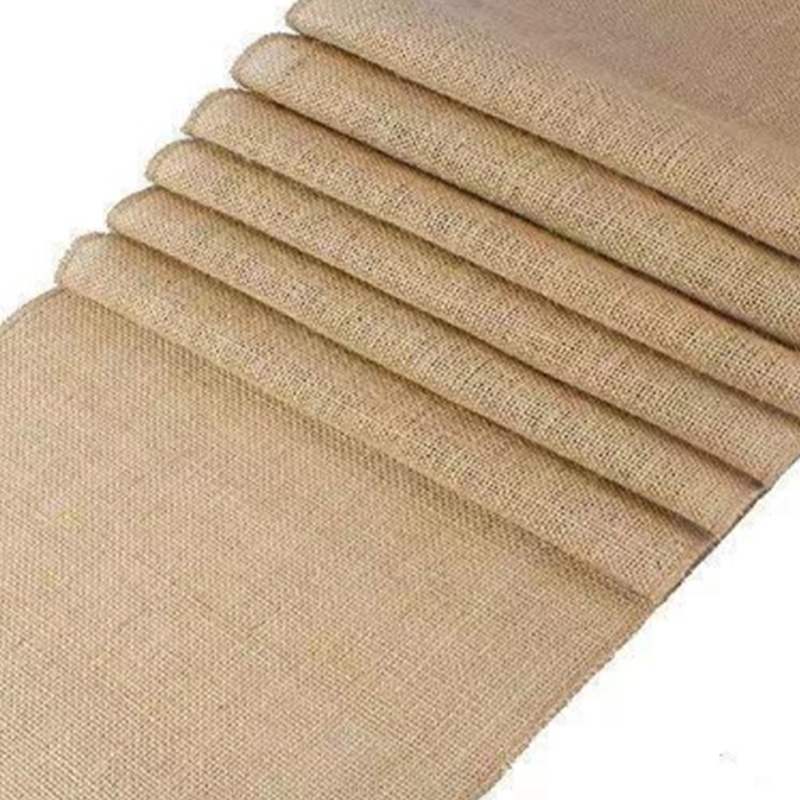
The Manufacturing Process of Jute Fabric: From Fiber to Finished Roll
The journey of jute from a plant to a finished fabric roll is a fascinating and intricate process, highlighting both traditional craftsmanship and modern industrial techniques. Understanding this process provides insight into the quality and characteristics of the final product, especially when considering a large `jute fabric roll wholesale` purchase.
1. Retting: This initial stage involves submerging jute stalks in water (either natural or controlled tank retting) for 10-20 days. This process softens the gummy substances that bind the fibers together, allowing for their separation. The retting process is crucial as it directly impacts the fiber quality, color, and strength.
2. Stripping & Washing: After retting, the non-fibrous woody core is removed, and the pure jute fibers are stripped from the stalks. These fibers are then washed thoroughly to remove any impurities and dried in the sun.
3. Batching & Carding: Dried fibers are softened with oil and water emulsions (batching) to prepare them for spinning. Carding then disentangles, cleans, and intermixes the fibers to produce a continuous web or sliver, aligning them for consistent yarn formation.
4. Drawing & Spinning: The slivers are drawn out and attenuated in several stages to create a finer, more uniform strand. Finally, these strands are spun into jute yarn using ring spinning or other specialized machines. The fineness and strength of the yarn dictate the quality of the eventual fabric.
5. Weaving: Jute yarns are then woven into fabric on looms. Common weaving patterns include plain weave (for hessian and sacking), twill weave (for stronger, denser fabrics), and sometimes more complex jacquard weaves for decorative items. The density of the weave (threads per inch) determines the fabric's GSM (Grams per Square Meter), strength, and texture.
6. Finishing: The raw woven fabric undergoes various finishing treatments to enhance its properties and appearance. This can include:
- Bleaching: To achieve lighter colors or prepare for dyeing.
- Dyeing: To produce colored fabrics, such as black jute fabric.
- Calendering: Passing the fabric through heated rollers to improve smoothness and luster.
- Lamination: Applying a protective layer (e.g., polyethylene) for water resistance, often used for packaging.
- Softening: Chemical or mechanical treatments to improve the fabric's handle and drape, particularly for `fine jute fabric` or textile applications.
7. Inspection & Rolling: The finished fabric undergoes rigorous quality inspection for defects, consistency, and adherence to specifications. Once approved, it is wound onto large rolls, ready for the `jute fabric roll wholesale` market.
Quality Control and Standards: Reputable manufacturers in the jute fabric wholesale market adhere to strict quality control protocols at every stage. This often includes complying with international standards such as ISO 9001 (for Quality Management Systems) and specific textile testing standards like ASTM D (American Society for Testing and Materials) for properties like tensile strength, tear strength, and fabric weight. Furthermore, environmental certifications like Oeko-Tex Standard 100 ensure the absence of harmful substances in the finished product, enhancing consumer trust.
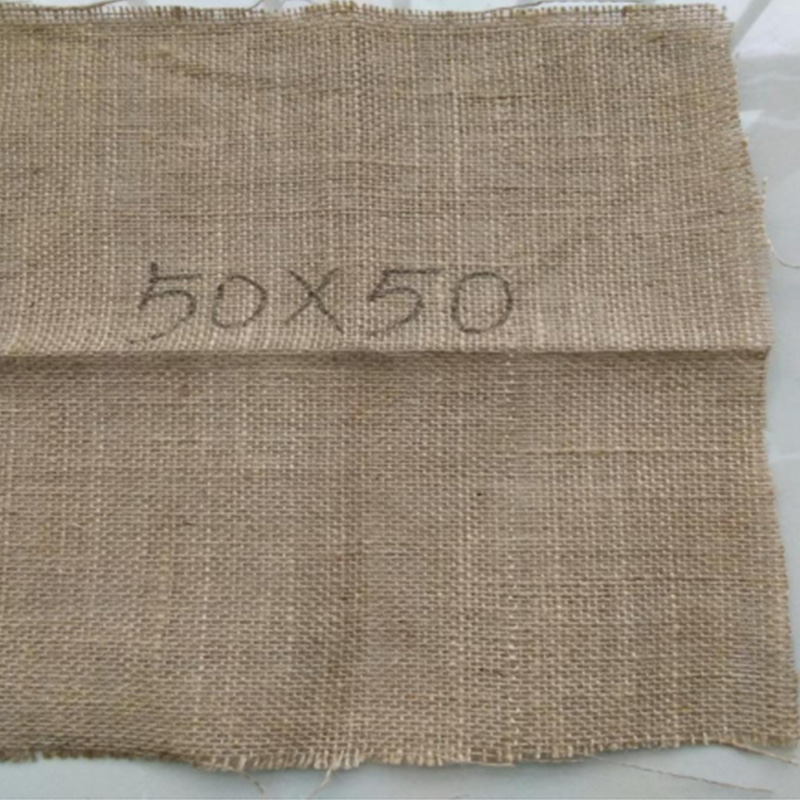
Technical Parameters and Product Specifications of Jute Fabric
When you `buy jute fabric` in bulk, understanding its technical specifications is crucial for ensuring it meets your application requirements. The properties of Jute Fabric (Product Name: Jute Fabric, Product URL: https://www.xtshuoding.com/jute-fabric.html) can vary significantly based on the fiber quality, yarn count, weave type, and finishing processes.
Common Jute Fabric Product Specifications
| Parameter | Typical Range for Standard Jute Fabric (Hessian/Burlap) | Notes / Significance |
|---|---|---|
| Material Composition | 100% Natural Jute Fiber (Corchorus olitorius / Corchorus capsularis) | Sustainable, biodegradable, renewable. Blends (e.g., `cotton jute fabric`) also available. |
| Weave Type | Plain Weave, Twill Weave, Leno Weave, Jacquard Weave | Determines fabric texture, strength, and aesthetic. Plain weave is most common. |
| Fabric Weight (GSM) | 100 GSM to 800 GSM (or heavier for sacking/geotextiles) | Grams per Square Meter. Higher GSM indicates denser, stronger fabric. Hessian typically 150-400 GSM. |
| Yarn Count (Tex/Denier) | Varies significantly based on application (finer for decorative, coarser for industrial) | Measures yarn fineness. Lower Tex/Denier indicates finer yarn. |
| Tensile Strength (Warp/Weft) | Typically 250 N/5cm to 1000 N/5cm (approx.) | Resistance to breaking under tension. Measured in both warp (lengthwise) and weft (widthwise) directions. Critical for load-bearing applications. |
| Tear Strength | Significantly high, especially for thicker weaves | Resistance to tearing once a cut or puncture is initiated. |
| Roll Width | From 36 inches (0.91m) to 144 inches (3.66m) or more | Available in various widths to minimize waste for different applications. `jute fabric roll wholesale` often offers wide rolls. |
| Roll Length | 50 meters to 1000 meters or more per roll | Customizable based on wholesale order requirements. |
| Color | Natural golden brown, bleached, dyed (e.g., `black jute fabric`) | Natural varies; dyeing provides extensive color options. |
| Biodegradability | 100% Biodegradable (typically 3-5 years, depending on conditions) | Breaks down naturally, enriching soil. |
| pH Value | Neutral to slightly acidic | Important for agricultural and geotextile applications. |
| Moisture Content | Typically 8-12% | Affects weight and handling. |
| Applicable Standards | ISO 9001 (Quality Management), ASTM D (various textile tests), Oeko-Tex Standard 100 (for harmful substances in finished product) | Ensures product quality, safety, and performance. |
| Service Life | Highly variable: from single-use (e.g., packaging) to several years (e.g., geotextiles before full degradation) | Depends on application environment, exposure, and fabric treatment. |
| Environmental Impact | Low carbon footprint, requires minimal water and fertilizers, enriches soil, absorbs CO2. | Excellent sustainable choice. |
These parameters help buyers in the jute fabric wholesale market make informed decisions, ensuring the product aligns with their specific performance and sustainability goals. For instance, a higher GSM and tensile strength are critical for geotextile applications, while a finer yarn count and softer finish are preferred for fashion or decorative items.
Technical Advantages and Diverse Application Scenarios
Jute fabric offers a compelling array of technical advantages that make it suitable for a vast range of industries, going far beyond traditional uses. Its unique properties contribute to its growing adoption globally.
- Exceptional Strength-to-Weight Ratio: Jute fibers are naturally strong and durable, providing excellent tensile strength, especially in woven forms. This makes it ideal for load-bearing applications like packaging and geotextiles.
- Breathability: The open weave of many `types of jute fabric` allows for excellent air circulation, preventing moisture build-up. This is crucial for packaging agricultural products like potatoes, onions, and coffee beans, where ventilation prevents spoilage.
- Biodegradability and Sustainability: Jute is 100% natural, biodegradable, and compostable. It decomposes without leaving harmful residues, making it an environmentally superior alternative to synthetic materials. Jute cultivation requires minimal fertilizers and pesticides and has a negative carbon footprint.
- Cost-Effectiveness: Compared to synthetic fibers and even some other natural fibers, jute is highly economical, offering a sustainable solution without a premium price tag, which is a major draw for the jute fabric wholesale market.
- UV Protection: Jute's natural lignin content provides a degree of UV resistance, which is beneficial for outdoor applications, though extended exposure will lead to degradation.
- Acoustic and Thermal Insulation: Jute fabric, especially denser forms, possesses good acoustic and thermal insulating properties, finding applications in construction and automotive industries.
- Versatility in Finishing: Jute can be easily dyed (e.g., to create `black jute fabric`), bleached, laminated, or treated for water repellency or fire resistance, expanding its functional possibilities.
Typical Application Scenarios:
- Packaging: The most traditional use, including sacks for grains, coffee, sugar, and cement. Its breathability is critical here.
- Agriculture & Horticulture: Jute geotextiles for soil erosion control, weed mats, tree wraps, and protective covers for crops. Its biodegradability means it breaks down into organic matter, improving soil health.
- Geotextiles: For road construction, embankment stabilization, slope protection, and drainage. Jute geotextiles (JGTs) are a sustainable solution for civil engineering.
- Fashion & Accessories: `Fine jute fabric` and `cotton jute fabric` blends are used for bags, shoes, hats, and even apparel, especially in eco-conscious fashion lines.
- Home Decor & Furnishings: Rugs, carpets, curtains, upholstery, wall coverings, and decorative items. Its natural texture adds a rustic, earthy aesthetic.
- Crafts & DIY: Popular for various craft projects due to its ease of use and natural appeal.
- Industrial Applications: As a composite material in automotive parts, insulation, and non-woven applications.

Choosing Your Partner in the Jute Fabric Wholesale Market: Manufacturer Comparison & Selection
Selecting the right supplier in the jute fabric wholesale market is paramount for ensuring consistent quality, reliable delivery, and competitive pricing. Not all suppliers are created equal, and a thorough evaluation process is essential.
Key Factors for Manufacturer Comparison:
- Certifications and Standards Compliance:
- ISO 9001: Indicates a robust Quality Management System.
- Oeko-Tex Standard 100: Guarantees the product is free from harmful substances, crucial for direct skin contact applications like `cotton jute fabric` garments.
- GOTS (Global Organic Textile Standard) or equivalent: If seeking organic jute options.
- Social Compliance Audits (e.g., Sedex, BSCI): Ensures ethical labor practices.
- ASTM D Standards: For specific textile testing (e.g., strength, weight consistency).
- Experience and Reputation:
- Look for manufacturers with a proven track record (e.g., over 20 years in the industry, like XT Shuoding).
- Check client testimonials and case studies.
- Assess their capacity to handle `jute fabric roll wholesale` orders and meet deadlines.
- Raw Material Sourcing:
- Enquire about their raw jute fiber sourcing. Reputable suppliers source from established jute-producing regions (e.g., Bangladesh, India) and prioritize quality.
- Are they committed to sustainable and ethical sourcing practices?
- Manufacturing Capabilities & Technology:
- Do they use modern machinery for spinning and weaving? This impacts consistency and quality of `fine jute fabric` and other types.
- What finishing capabilities do they offer (dyeing for `black jute fabric`, lamination, etc.)?
- Can they produce various `types of jute fabric`?
- Quality Control Process:
- A transparent QC process, from raw fiber inspection to finished product testing, is vital.
- Ask for detailed quality control reports and samples.
- Customization Options:
- Can they meet specific requirements for weave, GSM, color, width, or specialized treatments? This is essential for customized solutions.
- Pricing and Payment Terms:
- While competitive pricing is important, it shouldn't be the sole deciding factor. Balance price with quality and reliability.
- Understand their payment terms, minimum order quantities (MOQ), and bulk discounts.
- Logistics and Delivery:
- Evaluate their shipping capabilities, lead times, and ability to handle international freight for the `jute fabric wholesale market`.
Example: XT Shuoding's Commitment At XT Shuoding, with over two decades of expertise in textile manufacturing, our commitment to quality is underpinned by ISO 9001 certification. We maintain stringent quality control from fiber procurement to the final `jute fabric roll wholesale` product, ensuring every batch meets international performance standards and client expectations. Our dedication to ethical manufacturing and sustainable practices aligns with the evolving demands of the global jute fabric wholesale market.
Customization Solutions and Tailored Orders
One of the significant advantages of working with experienced suppliers in the jute fabric wholesale market is the ability to implement customization solutions. This flexibility allows businesses to create products that perfectly align with their brand identity, application needs, and market demands.
- Custom Weave Patterns: Beyond standard plain or twill weaves, manufacturers can produce specialized weave patterns for unique textures and strengths. This is particularly relevant for decorative purposes or specific industrial applications.
- Tailored GSM and Yarn Count: Whether you need an ultra-light `fine jute fabric` for apparel or an extra-heavy fabric for geotextiles, suppliers can adjust the fabric's weight and yarn thickness to your precise specifications.
- Specific Roll Dimensions: For large-scale production or specific machinery, ordering custom `jute fabric roll wholesale` widths and lengths can significantly reduce waste and optimize efficiency.
- Custom Dyeing and Printing: While natural jute is popular, the ability to dye the fabric in specific Pantone colors, including popular requests like `black jute fabric`, allows for brand consistency or seasonal collections. Digital printing capabilities can also add intricate designs or branding.
- Specialized Finishing Treatments: This can include fire-retardant treatments, water-repellent coatings, anti-microbial finishes, or enhanced softening for `cotton jute fabric` blends used in fashion.
- Branding and Packaging: Suppliers can offer custom labeling, packaging, and even private labeling for your `buy jute fabric` orders, ensuring brand visibility right from the supply chain.
A reputable supplier will work closely with you from concept to delivery, providing samples, technical consultations, and regular updates throughout the customization process to ensure the final product exceeds expectations.
Real-World Application Cases and Success Stories
The growing adoption of jute across diverse sectors highlights its practical benefits and the innovative ways businesses are leveraging this sustainable material sourced from the jute fabric wholesale market.
- Sustainable Packaging for a Global Coffee Roaster: A leading international coffee company transitioned from traditional synthetic coffee sacks to `hessian jute fabric` bags for their bulk green bean transportation. This move not only significantly reduced their plastic waste but also enhanced the breathability of the packaging, preserving the quality and aroma of the beans during transit. The company reported a 30% reduction in packaging-related carbon footprint.
- Erosion Control in Infrastructure Projects: A government agency undertaking a large-scale highway construction project utilized jute geotextiles for slope stabilization and erosion control. The project spans several kilometers of newly constructed embankments. Unlike synthetic geotextiles, the jute fabric biodegrades over 3-5 years, allowing natural vegetation to establish and permanently stabilize the soil, while also enriching the soil quality. This eco-friendly approach saved significant costs associated with synthetic material disposal and facilitated long-term environmental restoration.
- Eco-Fashion Brand's Jute & Cotton Collection: A niche eco-fashion brand successfully launched a collection of bags and accessories using `cotton jute fabric` blends and `fine jute fabric`. Their designers appreciated the material's natural texture, durability, and ability to be dyed into various colors, including sophisticated `black jute fabric` for their minimalist designs. Customer feedback highlighted the products' unique aesthetic, durability, and alignment with sustainable values, driving a 40% increase in sales for the eco-collection.
- Agricultural Weed Suppression: Farmers in a large agricultural cooperative began using jute weed mats sourced as `jute fabric roll wholesale` to suppress weeds in organic fruit orchards. The biodegradable mats effectively prevented weed growth without the need for herbicides, significantly reducing labor costs for manual weeding and promoting healthier soil. After the season, the mats naturally decomposed, adding organic matter back into the soil.
These cases exemplify how the strategic use of jute fabric sourced from a reliable jute fabric wholesale market supplier can lead to both environmental benefits and operational efficiencies.
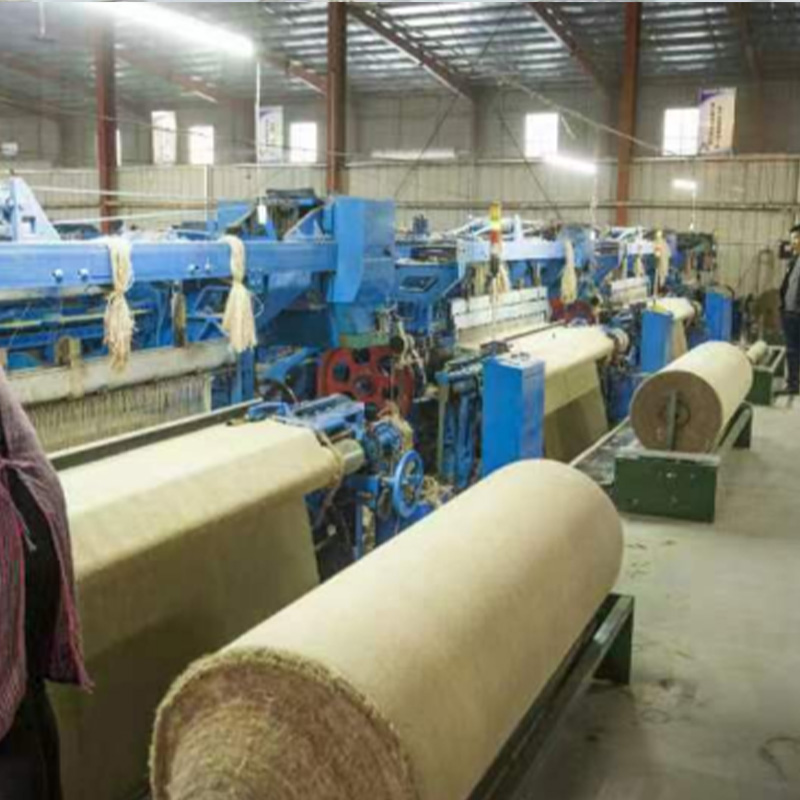
Frequently Asked Questions (FAQ) about Jute Fabric
Q1: What is the primary advantage of choosing jute fabric over synthetic materials?
A1: The primary advantage lies in jute's exceptional sustainability profile. It is 100% natural, biodegradable, and renewable, decomposing harmlessly back into the soil. Its cultivation has a minimal environmental footprint, requiring less water and pesticides than cotton, and it even helps improve soil fertility. This stands in stark contrast to synthetic materials like plastic, which persist in the environment for hundreds of years.
Q2: How do I determine the right GSM (Grams per Square Meter) for my Jute Fabric application?
A2: GSM indicates the fabric's weight and density, directly correlating with its strength and thickness. For lightweight applications like fashion accessories or fine bags, a GSM of 150-250 might suffice. For packaging (like standard burlap), 250-400 GSM is common. For heavy-duty uses such as sacking or geotextiles, you might need 500 GSM or higher. Consult with your supplier in the jute fabric wholesale market to match the GSM to your specific performance requirements.
Q3: Can jute fabric be dyed, and is "black jute fabric" truly sustainable?
A3: Yes, jute fabric can be effectively dyed. While its natural color is golden brown, it can be bleached and then dyed into a wide array of colors, including `black jute fabric`. The sustainability of dyed jute depends on the dyes used. Reputable manufacturers will use eco-friendly, AZO-free dyes that comply with international standards like Oeko-Tex Standard 100, ensuring the final product remains safe and environmentally responsible.
Q4: What are the typical dimensions for a jute fabric roll wholesale?
A4: `Jute fabric roll wholesale` dimensions vary widely based on the fabric type and customer requirements. Common widths range from 36 inches (approx. 0.91 meters) to 144 inches (approx. 3.66 meters). Roll lengths can range from 50 meters to 1000 meters or more. Always specify your required dimensions when placing a wholesale order to ensure optimal material utilization for your production.
Q5: How does "cotton jute fabric" differ from 100% jute fabric, and what are its common uses?
A5: `Cotton jute fabric` is a blend of natural jute and cotton fibers. The addition of cotton significantly enhances the fabric's softness, drapability, and comfort, making it more suitable for applications that require direct skin contact or a smoother finish, such as apparel, fine bags, and upholstery. While retaining much of jute's strength and eco-friendliness, it offers a more refined aesthetic and feel compared to coarser 100% jute.
Q6: What inspection standards should I look for when sourcing jute fabric?
A6: For quality assurance, look for suppliers who adhere to international standards such as ISO 9001 for quality management systems. For product-specific parameters, textile testing standards like ASTM D (e.g., ASTM D5034 for tensile strength) are relevant. Environmental and social certifications like Oeko-Tex Standard 100 or GOTS (if organic) are also indicators of a reliable and responsible supplier in the jute fabric wholesale market.
Q7: What is the expected service life and biodegradability of jute fabric?
A7: The service life of jute fabric depends heavily on its application and environmental exposure. For packaging, it might be single-use or last a few months. In outdoor geotextile applications, it can remain effective for 1-2 years before starting to biodegrade, fully decomposing within 3-5 years, depending on moisture, temperature, and microbial activity. This complete biodegradability is one of its core environmental advantages.
Delivery Cycle, Quality Assurance, and Customer Support
At XT Shuoding, our commitment to excellence extends beyond product quality to encompass reliable service. For jute fabric wholesale market orders, our standard delivery cycle typically ranges from 3 to 6 weeks, depending on the order volume, customization requirements, and current production schedule. We pride ourselves on transparent communication, providing regular updates from order confirmation to dispatch.
Quality Assurance: Every `jute fabric roll wholesale` order undergoes rigorous multi-stage quality control. From the initial inspection of raw jute fibers to in-process checks during spinning and weaving, and finally, a comprehensive inspection of the finished fabric, we ensure adherence to specified GSM, weave consistency, strength parameters, and color accuracy (for `black jute fabric` or other dyed options). Our products meet stringent international standards, giving our clients complete confidence in the quality of their `buy jute fabric` purchase.
Warranty and Guarantees: We stand by the quality of our Jute Fabric. Our products are guaranteed against manufacturing defects and deviations from agreed-upon specifications. In the unlikely event of a quality issue, our dedicated customer support team works swiftly to resolve concerns, ensuring client satisfaction. We offer clear return and replacement policies for defective goods, underscoring our trustworthiness.
Customer Support: Our expert team is available to provide comprehensive support, from initial consultation on `types of jute fabric` suitable for your needs to technical assistance, order tracking, and after-sales service. We believe in building long-term partnerships, providing tailored solutions and responsive communication to all our clients in the jute fabric wholesale market.
Conclusion: Embracing Jute for a Sustainable Future
The global jute fabric wholesale market stands at a pivotal point, driven by an undeniable shift towards sustainable materials. Jute, with its inherent strength, versatility, and eco-friendly properties, offers an unparalleled solution for businesses seeking to align their operations with environmental responsibility while maintaining economic viability. From the rugged `hessian jute fabric` used in industrial packaging and cutting-edge geotextiles to the refined `fine jute fabric` and `cotton jute fabric` blends gracing fashion runways and home interiors, jute's applications are as diverse as they are impactful.
By understanding the intricate manufacturing process, leveraging detailed technical specifications, and partnering with experienced and certified suppliers like XT Shuoding, businesses can confidently `buy jute fabric` that not only meets their immediate operational needs but also contributes positively to a greener planet. The commitment to quality, ethical sourcing, and customer-centric customization solutions define the leaders in this evolving market. As industries continue to seek alternatives to synthetic materials, jute fabric is poised to play an increasingly vital role, cementing its status as the "golden fiber" of the future.
References and Further Reading:
- Global Jute and Allied Fibers Market Report: https://www.grandviewresearch.com/industry-analysis/jute-allied-fibers-market
- International Jute Study Group (IJSG) Publications: http://www.jute.org/publications/reports/
- Textile Exchange - Jute Standards and Resources: https://textileexchange.org/material/jute/
- ResearchGate - "Jute Fiber Reinforced Composites": https://www.researchgate.net/publication/262243224_Jute_Fiber_Reinforced_Composites_Properties_Processing_and_Applications
Share
-
Lithium Battery Welding Machine | High-Precision, Fast, SafeNewsNov.17,2025
-
Aluminium Guide Roller | Anodized, Lightweight, Low-NoiseNewsNov.17,2025
-
Tofu Cat Litter Bulk – Eco, Low-Dust, Fast Clumping SupplyNewsNov.17,2025
-
Equipment for Lithium Cell Assembly | Automated & PreciseNewsNov.10,2025
-
Square File Tool – Precision Cut, Hardened Steel, VersatileNewsNov.10,2025
-
Lithium Ion Battery Assembly Machine | Automated, High-SpeedNewsNov.10,2025
